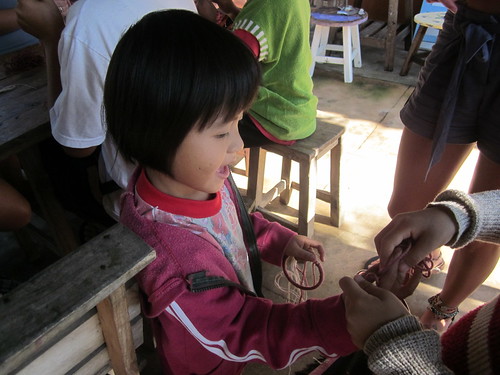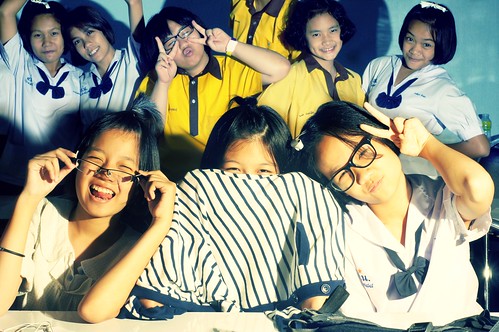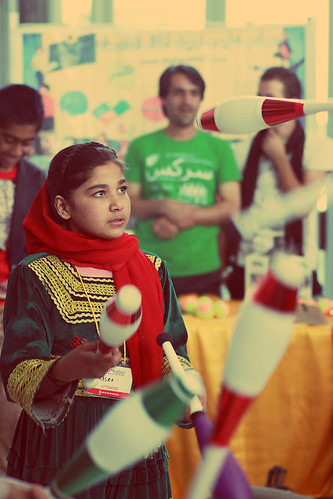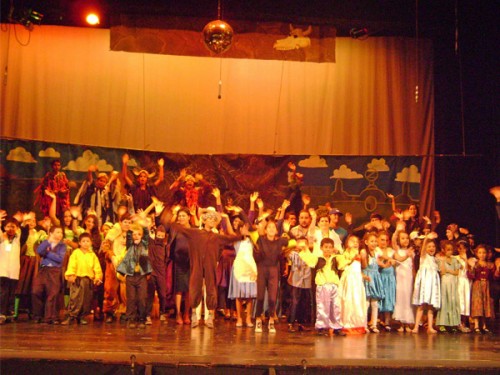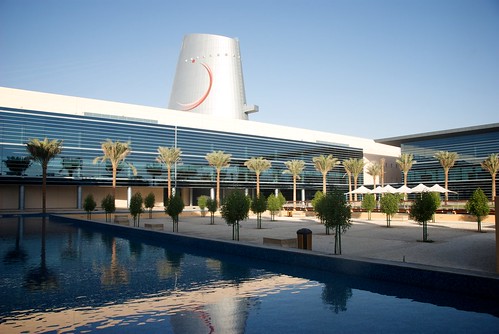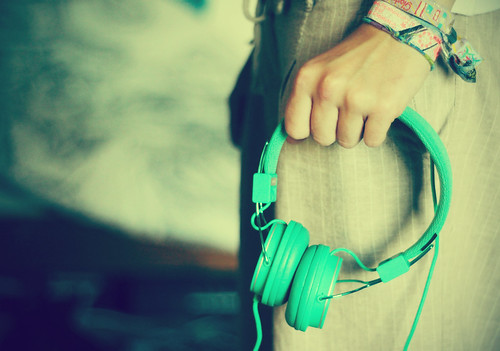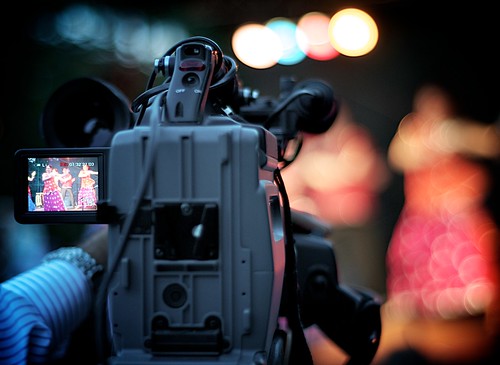Libyan Youth Call Attention to Human Rights with Music, Dance and Graffiti
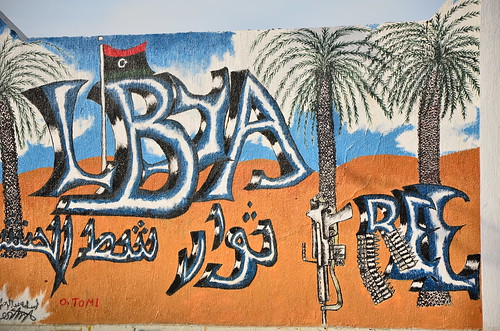 To mark Human Rights Day, the World Organization against Torture and its partners organized a series of workshops with Tripoli’s youth. From December 6th through the 10th, local youth were given the chance to speak out about human rights issues through music, dance, and graffiti. At the completion of these workshops, completed street art was unveiled, hip hop groups performed and public debates were held to discuss ways to fight torture and other human rights violations still taking place.
To mark Human Rights Day, the World Organization against Torture and its partners organized a series of workshops with Tripoli’s youth. From December 6th through the 10th, local youth were given the chance to speak out about human rights issues through music, dance, and graffiti. At the completion of these workshops, completed street art was unveiled, hip hop groups performed and public debates were held to discuss ways to fight torture and other human rights violations still taking place.
Facilitated by professional artists, students from internally displaced persons camps, the Scouts of Tripoli and the Faculty of Fine Arts learned to creatively express their experiences, thoughts and feelings about torture. Other workshops guided by a psychologist helped victims of torture and their families to use the arts to work through the emotional effects of their ill-treatment. With the mottos “Nothing can justify torture” and “No to torture,” renowned graffiti artists from the region also participated in these events by creating murals throughout the city aimed at raising public awareness about torture in Libya.
Despite recent human rights legislation passed by the government, Libya still has a long way to go to fully conform with international standards. More than 40,000 Tawerghans remain internally displaced within Libya, living in camps, denied many basic rights and subjected to attacks by local militias. Additionally, around 8,000 men and women remain in detention without benefit of a trial, living in substandard facilities where they are regularly subjected to various forms of torture.
In October 2013 the UN Support Mission in Libya released the report Torture and Deaths in Detention in Libya. This report called attention to the problem of detention centers which developed during the internal conflict of 2011. These centers largely remain under the control of militias acting outside the authority of the state. Without oversight, unlawful detention, various forms of torture and deaths are not uncommon.
Following conversations with several detainees in a militia-run prison, Amnesty International researcher Magdalena Mughrabi wrote ” I will never forget the stories I heard…They told me how they were made to do push-ups or roll over while being kicked and beaten all over their bodies with metal bars, cables or hoses, or suspended by their hands for up to 24 hours. Two detainees told me they were forced to eat their own vomit after they threw up from physical exhaustion. Others told me they were held in solitary confinement for weeks…With no direct access to a toilet they were forced to urinate in plastic bottles and were given only one meal a day.”
Although torture continues to be a problem throughout Libya, the government has made some initial progress on human rights legislation. In the report An Eye on Human Rights in Libya, Lawyers for Justice in Libya explored this progress by examining several new laws that prohibit and criminalize certain human rights violations. In April 2013 the government passed the Libyan Law Criminalising Torture, Enforced Disappearances and Discrimination. This was followed by the Transitional Justice Law in December 2013 which requires all conflict-related detainees be either released or put to trial.
Creative Commons Love: Ben Sutherland on Flickr.com

